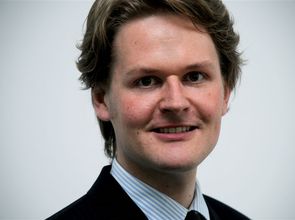
Dynamics of Earnings and Hourly Wages in Germany
There is by now a vast number of studies which document a sharp increase in cross-sectional wage inequality during the 2000s. It is often assumed that this inequality is of a “permanent nature” which in turn is used as an argument calling for government intervention. We examine these claims using a fully balanced panel of full-time employed individuals in Germany from the German Socio-Economic Panel for the years 1994-2006. In line with previous studies, our sample shows sharply rising inequality during the
2000s. Applying covariance structure models, we calculate the fraction of permanent and transitory wage and earnings inequality. From 1994 on, permanent inequality increases continuously, peaks in 2001 and then declines in subsequent years. Interestingly the decline in the permanent fraction of inequality occurs at the time of most rapid increases in cross-sectional inequality. It seems therefore that it is primarily the temporary and not the permanent component which has driven the strong expansion of cross-sectional inequality during the 2000s in Germany.



